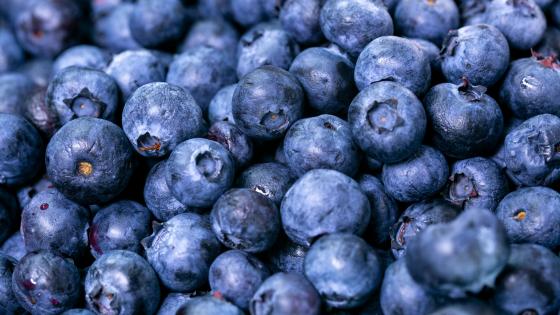
Blueberries
Blueberries
The Northern highbush blueberry (Vaccinium corymbosum) is a perennial shrub that will do well in most areas of Kentucky as long as the soil is properly adjusted. With proper care, blueberry plants may remain productive for 40 years or more.
Key Requirements
| Land | Low to Medium |
| Labor | High |
| Capital | Medium |
Take the HortBizQuiz to see how much Land, Labor, and Capital you have for your operation.
Markets
- Direct to Consumer
- Farmer's Market
- On-Farm Stands
- CSA
- U-Pick
- Local Grocery
- Auction
Pests & Disease
The invasive insect spotted wing drosophila became established across Kentucky. Twig blights and stem cankers can cause some losses, especially if allowed to spread into larger branches and the crown. Iron chlorosis commonly occurs on sites with a pH level above 5.2.
Costs and returns are presented as estimates. They will vary based on your farm and markets.
Costs and returns are presented as estimates. They will vary based on your farm and markets.
Challenges
- Not many sites in Kentucky meets the pH requirement and calcium would need to be added to meet this
- Soil testing should occur yearly to maintain proper pH and fertility. Can be costly
- All blueberry plants should be planted on a raised bed to improve soil drainage and reduce Phytophthora root rot.
Opportunities
- Can be grown for value-added enterprises
- Thrive in highly organic, well-drained soil with a pH of 4.5 to 5.2
Other Blueberry Resources
Smaller Scale
- Backyard Berry Diseases Management Using Cultural Practices - UK Plant Pathology
- Home Fruit Disease Management: Berries - UK Plant Pathology
- Midwest Home Fruit Production Guide - UK Plant Pathology
- Simplified Fungicide Guide for Backyard Fruit - UK Plant Pathology
- Disease and Insect Control Program for Home Grown Fruit in Kentucky including O…